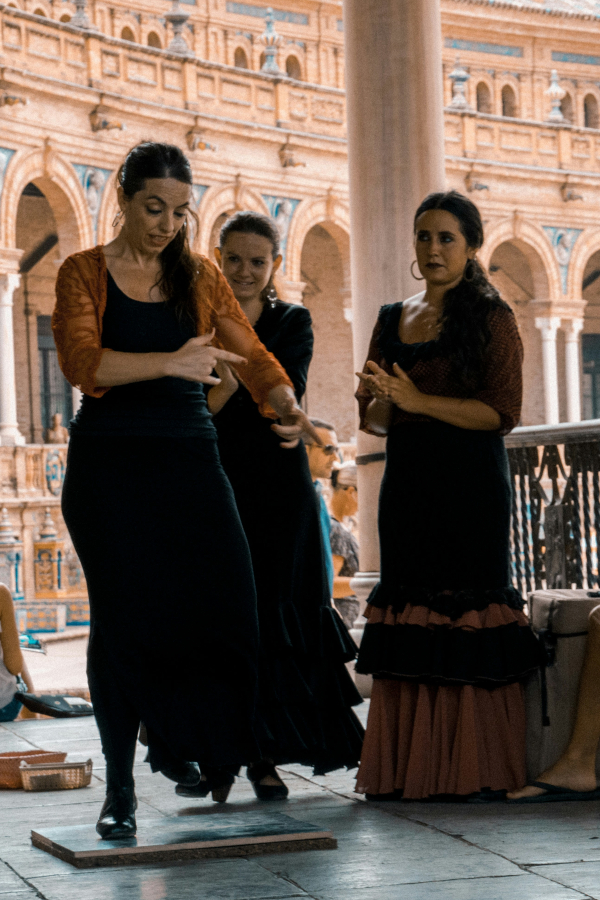Flamenco has a long history, with origins that can be traced back to several continents and eras, and is a lively and dynamic blend of cultures, music, and traditions. On November 16, 2010, flamenco was designated World Intangible Cultural Heritage by UNESCO in recognition of the richness and depth of this art form.
More than ten years have passed, and flamenco continues to grow and evolve, always moving, traveling between countries and hearts. Flamenco has not become a museum piece, nor has it been reduced to the subject of university research dedicated to folklore. Thousands of people around the world continue to study, enjoy, and live it, from Andalusian artistic families, where singing, dancing, and guitar playing are passed down from generation to generation, to people from all over the world who fall in love with flamenco once and for all.
In Spain, International Flamenco Day is celebrated in dozens of cities, clubs, dance schools, streets, squares, lectures, conferences, theaters and tablaos. People dance, sing, paint, and talk. From Cadiz to Madrid, from Seville to Valencia, from Cordoba to Extremadura, on November 16, people say “Olé,” sharing in the art of flamenco in all its dimensions.
